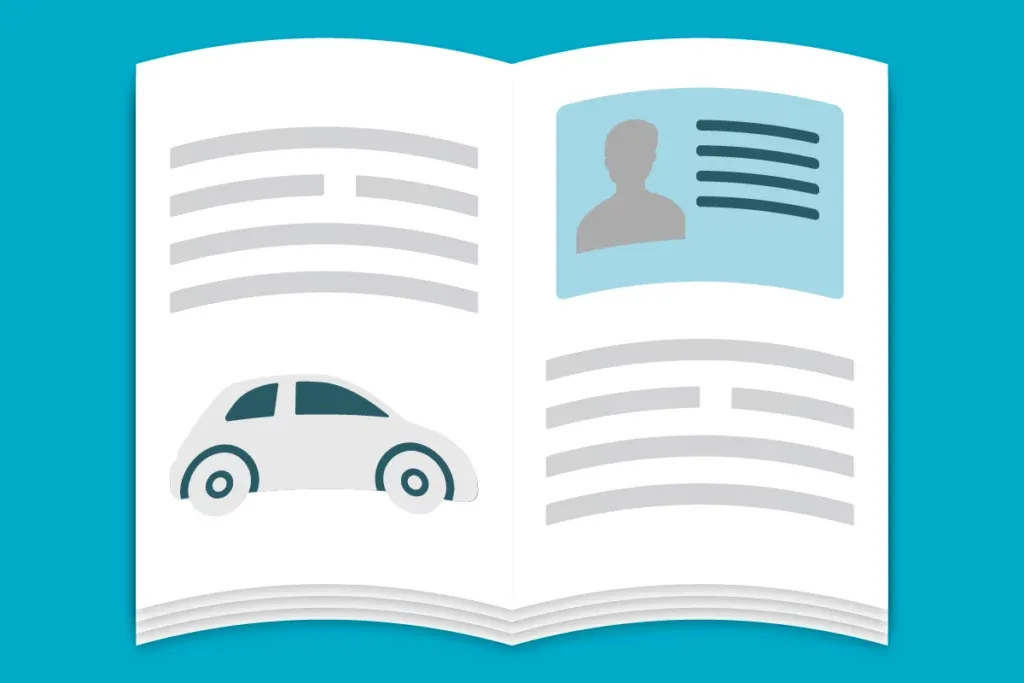A vehicle’s logbook stays at the bottom of the drawer most of the time, but it is a valuable document that shows proof of vehicle ownership. Car logbooks are needed when selling a car in order to sign over ownership to the buyer. The vehicle owner can be the registered keeper, but some cars have different registered users and owners. For instance, a company-owned car is driven by an employee, and the documentation should reflect the person driving the vehicle. Financed cars will also have different owners and registered keepers. It is important to understand what a logbook looks like and what it can be used for.
What Is a Logbook for a Car?
A car logbook or V5C registration certificate is provided by the Driver and Vehicle Licensing Authority (DVLA). A UK car logbook will have information about the vehicle, the owner and the registered keeper. The vehicle logbook act as proof of ownership, and the DVLA uses the information to keep a nationwide record of vehicles on the road and the registered keepers.

Whenever a vehicle changes hands, the seller and buyer must fill out the vehicle logbook before sending it to the DVLA for processing. The DVLA will update the logbook with the new registration details. As a result of recent updates to the logbook registration process, individuals can now register a vehicle online or update changes in ownership.
What’s Included in a Car Logbook?
A vehicle log book is a detailed document with vital information about the vehicle. Some of the information includes:
- Registration number and date of registration
- Chassis/frame number
- Make and model
- Body type
- Vehicle category and taxation class
- Engine information
- Colour
Aside from technical details of a vehicle, the logbook should contain information on the registered keeper and the owner. A registered keeper is the main vehicle user who’s responsible for paying the vehicle’s taxes, insurance and fines. Since the registered keeper is the car’s main user, they are the primary contact person for the DVLA, so any correspondence will be sent to their address. The vehicle’s owner is the person who bought the car from a seller. In most cases, the owner is the registered keeper. However, when the two are different people, the logbook should include information for both.
Why Is a Car Logbook Important?
A logbook for a car provides information for identifying the vehicle. That’s why the registered keeper must update the details if anything changes in the car. The DVLA uses information from the logbook to determine if a person is honest about a vehicle and whether some modifications are unaccounted for. Other purposes of a car logbook include:
- Selling a car: The owner must update the logbook when transferring vehicle ownership. The paper document is usually shared with potential buyers for cross-checking essential data.
- Scrapping a car: When a car is scrapped or written off, the owner needs to inform the driving authority. Car owners need a logbook to take the car to an authorised treatment facility before updating the DVLA with the certificate of destruction.
What Is the Importance of Logbooks for Fleet Vehicles?
In fleet companies, truck logbooks usually have the company’s name. However, the designated driver for each truck is the registered keeper, and their information is also provided in the logbook. When drivers change, the logbook information must be updated. Companies need to keep organised logbook records and maintain accurate information on individual fleet vehicles.
Sources:
- https://www.motorwise.com/scrap-car-info/what-is-a-v5c-logbook
- https://carplus.co.uk/magazine/what-is-v5c-log-book/
Disclaimer
This content is provided for informational purposes only and is not meant to be an endorsement or representation by FleetGO.com or any other party. This information may contain inaccuracies or typographical errors, despite our efforts to ensure accuracy. FleetGO.com accepts no responsibility or liability for any errors or omissions, and is not responsible for the contents of any linked website or any link contained in a linked website. Please refer to our full disclaimer for more details.


